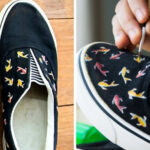Whether you’re a new runner or have been pounding the pavement for years, you’ve probably experienced numb toes at some point. While it’s not exactly an enjoyable experience, it’s something that can easily be remedied by lacing your running shoes in a specific way! So keep reading to learn how to lace running shoes for numb toes.
If you have ever experienced numbness or tingling in your toes after a run, you’re not alone. This is because many runners lace their running shoes too tightly, which can lead to compression of the nerves in the feet. By following these techniques, you can help to relieve the pressure and keep your feet comfortable while you run.
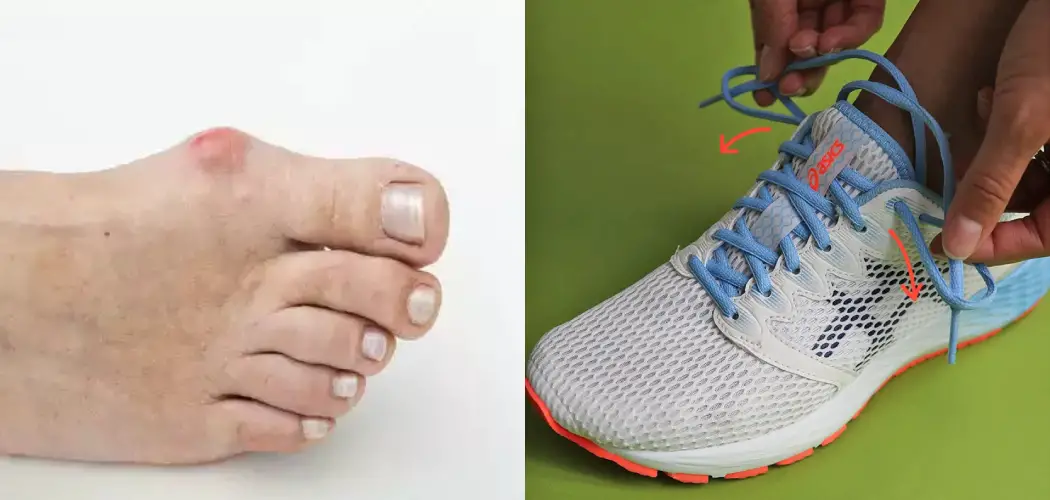
A Detailed Guide on How to Lace Running Shoes for Numb Toes
Technique 1: For Numb Toes Due to High Arches
In this technique, there are multiple variations that you can try depending on the tightness of your shoes. In addition, if you have a high arch, the lacing technique below is one way to release pressure from the top of your foot and increase comfort.
Method: Start with an ‘x’ across the shoe using both ends. Next, cross each section over until you come to either set of eyelets again. This time take an extra loop between them and repeat cross-over until it’s all done up. Finally, tie a knot at the end and tuck in any loose ends through loops for a clean finish.
Technique 2: For Numb Toes Due to Low Arches and Wide Feet
If you have a low arch/a wider foot, the lacing technique below is one way you can help reduce pressure on your toe joints and increase comfort. This works best if you lace the shoe from the bottom up.
Method: Start bypassing both ends of lace through the first eyelet on either side. Take an extra loop before pulling tight. Continue with this pattern until you reach your desired tightness (note that it’s important not to tie the shoes too tight as blood circulation will be cut off). Finally, tie a knot at the end and tuck in any loose ends through loops for a clean finish.
Technique 3: For Numb Toes Due to Pronation
If you have numb toes due to pronation, the lacing technique below is one way that will help take pressure off the top of your foot and increase comfort. If you feel uncomfortable, don’t worry about it too much, as different people require different types of support.
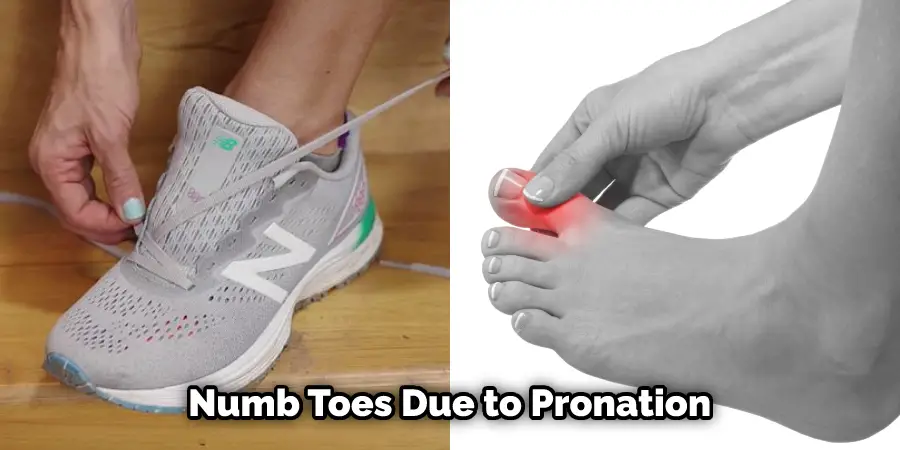
Method: Start with a crisscross pattern using both ends until you reach either set of eyelets again. Take an extra loop here, then cross over until again. Continue with this pattern until you get to at least 2″ from the end, then tie a knot at the end and tuck in any loose ends through loops for a clean finish.
Note: In some shoes, there are pieces of fabric between each section towards the/middle called ‘eyelet bridges.’ This is so the lace doesn’t tear off if you pull too hard. You can tie a knot to avoid it coming undone.
Technique 4: For Wide Forefoot and High Instep
If you have a wide foot and high instep, the lacing technique below is one way that will help take pressure off your toes and increase comfort. If you feel uncomfortable, don’t worry about it too much, as different people require different types of support. This works best if you lace the shoe from the bottom up.
Method: Start with both ends at the middle, following round towards your ankle. Next, cross over each section until reaching one set of eyelets again, then start making a crisscross pattern until desired tightness (note that it’s important not to tie shoes too tight as blood circulation will be cut off). Finally, tie a knot at the end and tuck in any loose ends through loops for a clean finish.
Technique 5: For Black Toenail
If you have a black toenail due to tight shoes, this lacing technique will help reduce pain and prevent further damage. In addition, if you feel uncomfortable, don’t worry about it too much as different people require different types of support.
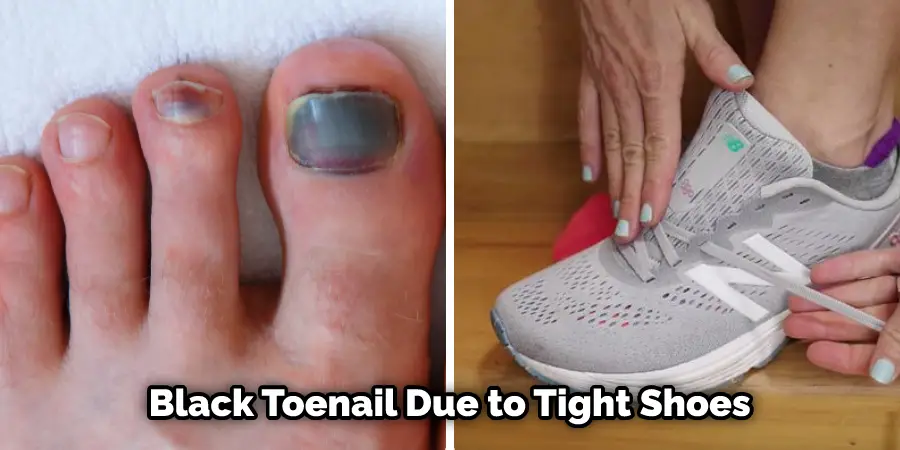
Method: Start with an ‘x’ across the shoe using both ends until reaching either set of eyelets again at the toe end. Finally, tie a knot at the end and tuck in any loose ends through loops for a clean finish. This step is crucial in how to lace running shoes for numb toes.
Note: For a higher probability of a good fit, the front section should be tightened first before going to other areas on your foot.
Alternatively, if you still have issues with numb toes or a black toenail after a few runs, it’s recommended that you stop and visit a running shoe store for assistance. They will be able to help fit you in the correct shoe size.
Technique 6: For Swollen Feet
If you have swollen feet, the lacing technique below is one way that will help reduce pain and prevent further damage if tied tight enough yet still comfortable.
Method: Start with both ends at the middle, following round towards your ankle. Cross over each section until reaching one set of eyelets again, then start making a crisscross pattern until desired tightness (note that it’s important not to tie shoes too tight as blood circulation will be cut off). After securing a knot at the end, tuck them in through other loops for a clean finish if there are extra loops.
Technique 7: For Lower Arches/Rolling In Feet
If you have lower arches or find yourself rolling inwards due to being on the flat side, you may find this lacing technique helpful.
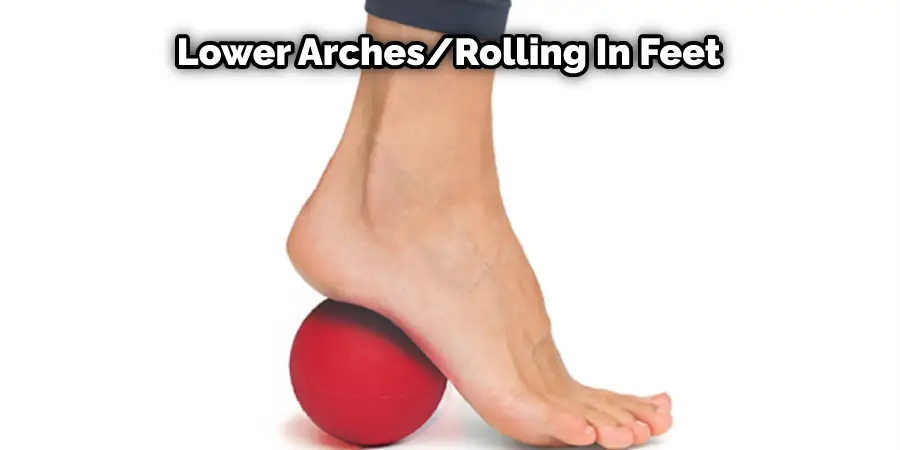
Method: Start with both ends at the middle, following round towards your ankle. Cross over each section until reaching one set of eyelets again, then start making a crisscross pattern until desired tightness (note that it’s important not to tie shoes too tight as blood circulation will be cut off). Finally, tie a knot at the end and tuck in any loose ends through loops for a clean finish.
Note: For some runners, this can also help prevent Plantar Fasciitis, characterized by heel pain or stiffness in the morning due to inflammation of connective tissue where it attaches to the heel bone.
Technique 8: High Arches
If you have high arches or find yourself rolling outwards, this lacing technique will help reduce pain and prevent further damage.
Method: Start with both ends at the middle, following round towards your ankle. Cross over each section until reaching one set of eyelets again, then start making a crisscross pattern until desired tightness (note that it’s important not to tie shoes too tight as blood circulation will be cut off). Finally, tie a knot at the end and tuck in any loose ends through loops for a clean finish.
In addition, if you have high arches, you may want to consider switching to a neutral running shoe as they provide the highest level of stability and motion control.
Technique 9: Slipping Heel
If you find that your heel slips up and down when running, this lacing technique will help to keep it in place.
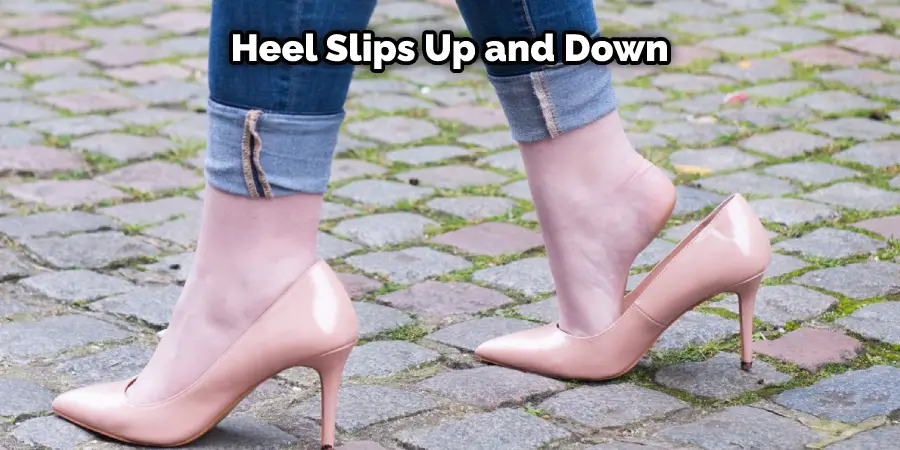
Method: Start with both ends at the middle, following round towards your ankle. Cross over each section until reaching one set of eyelets again, then start making a crisscross pattern until desired tightness (note that it’s important not to tie shoes too tight as blood circulation will be cut off). Finally, tie a knot at the end and tuck in any loose ends through loops for a clean finish.
Note: If possible, use more extended sections of lace on either side of the shoe where you can get more length, unlike 1×1 or 2×2 patterns which require equal lengths on both sides.
You Can Check It Out to Lace Sperry Duck Boots
Technique 10: Narrow Foot
If you have a narrow foot (width-wise), this lacing technique will help reduce pain and prevent further damage.
Method: Start with both ends at the middle, following round towards your ankle. Cross over each section until reaching one set of eyelets again, then start making a crisscross pattern until desired tightness (note that it’s important not to tie shoes too tight as blood circulation will be cut off). Finally, tie a knot at the end and tuck in any loose ends through loops for a clean finish. These steps will help in how to lace running shoes for numb toes.
Note: For maximum comfort and support, use a lacing pattern that follows the contours of your foot’s top and bottom.
You Can Check It Out to Can I Wear Trail Running Shoes on a Treadmill
Conclusion
We hope you have learned how to lace running shoes for numb toes. The best way to lace running shoes for numb toes is by using a figure-8 pattern. To do this, thread the laces through the eyelets in an X shape and then crisscross them over each other twice before tying off with a knot that’s easy to loosen if your feet swell or expand during exercise.
This will secure all of your foot’s tendons and ligaments against any sudden movements without restricting circulation too much. Plus, you can still cinch up these sneakers snugly around your ankle for stability while not cutting off blood flow entirely!
You Can Check It Out To How to Prevent Shoes from Cutting Ankle




